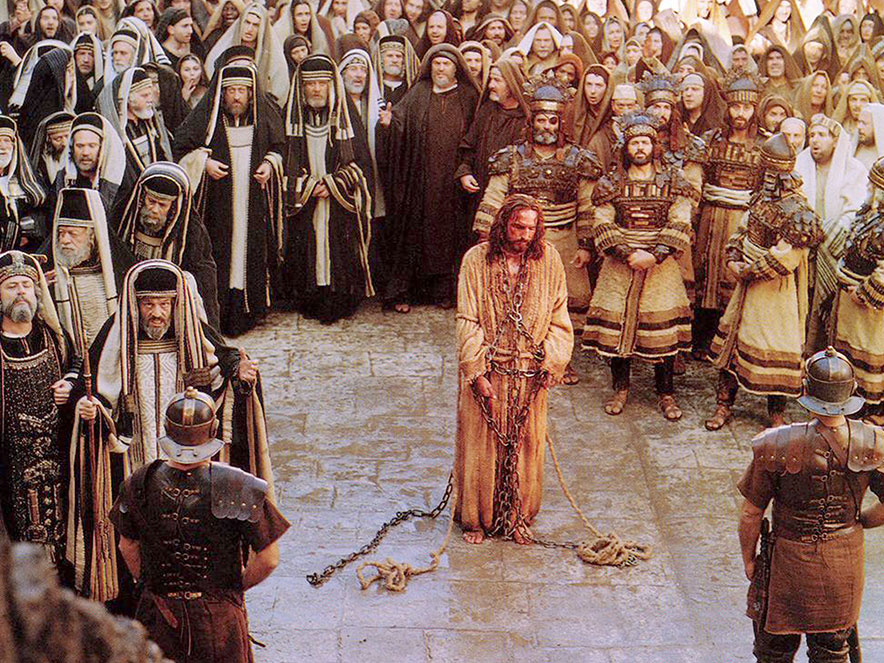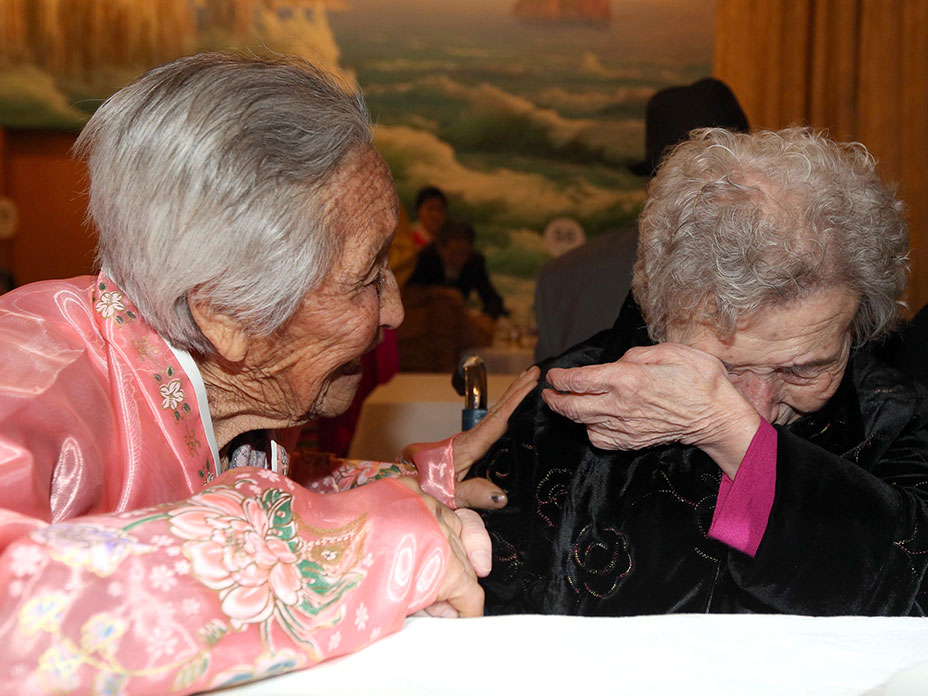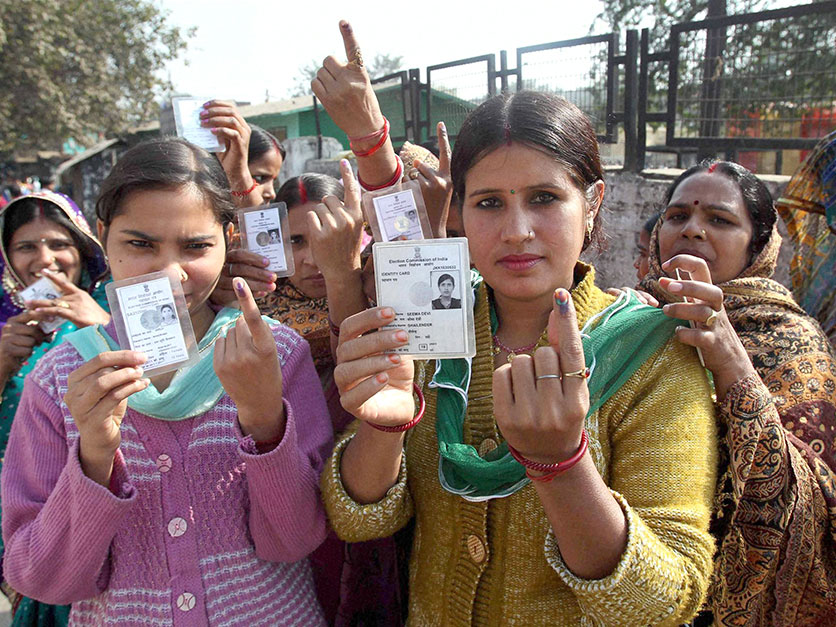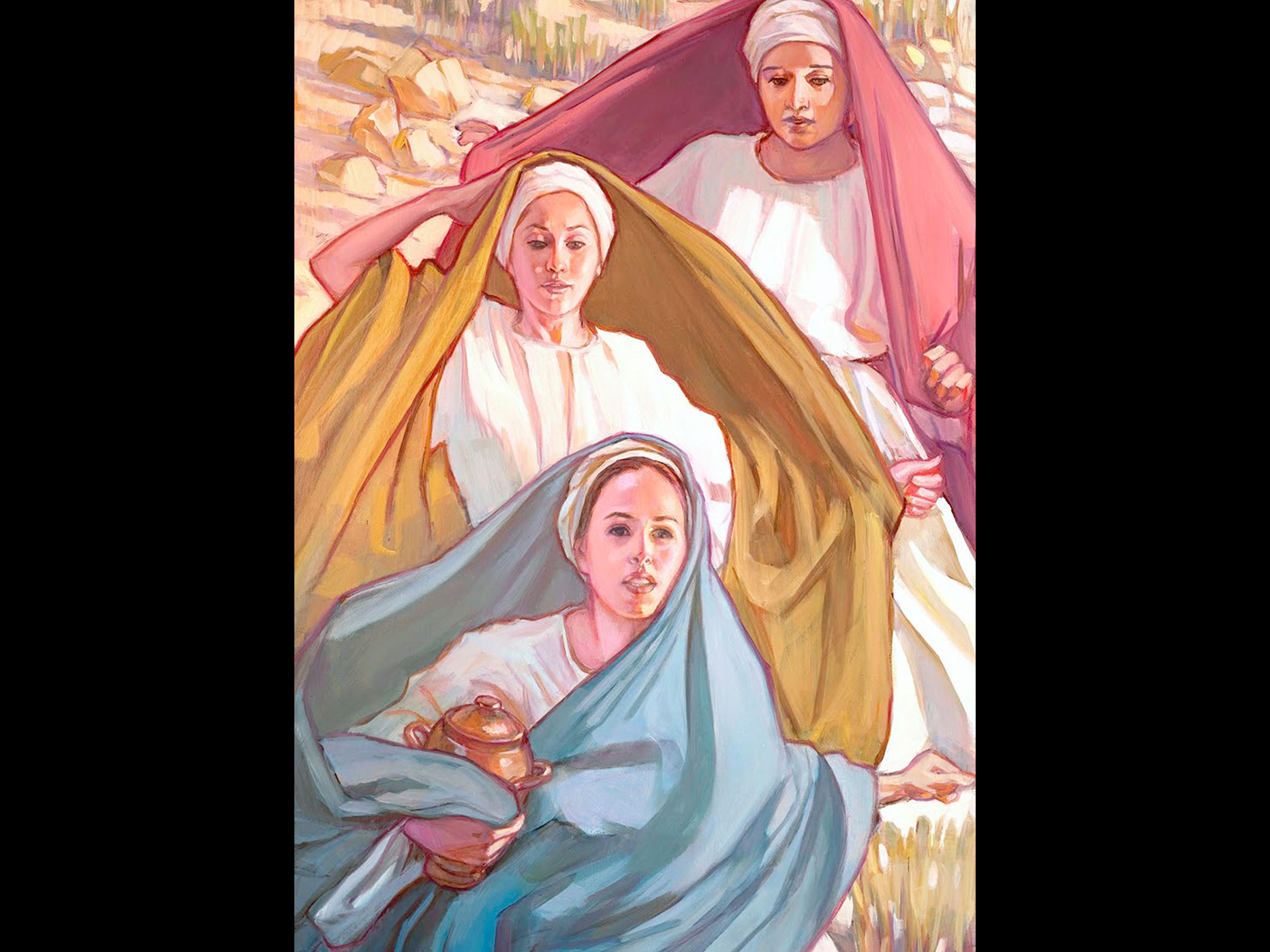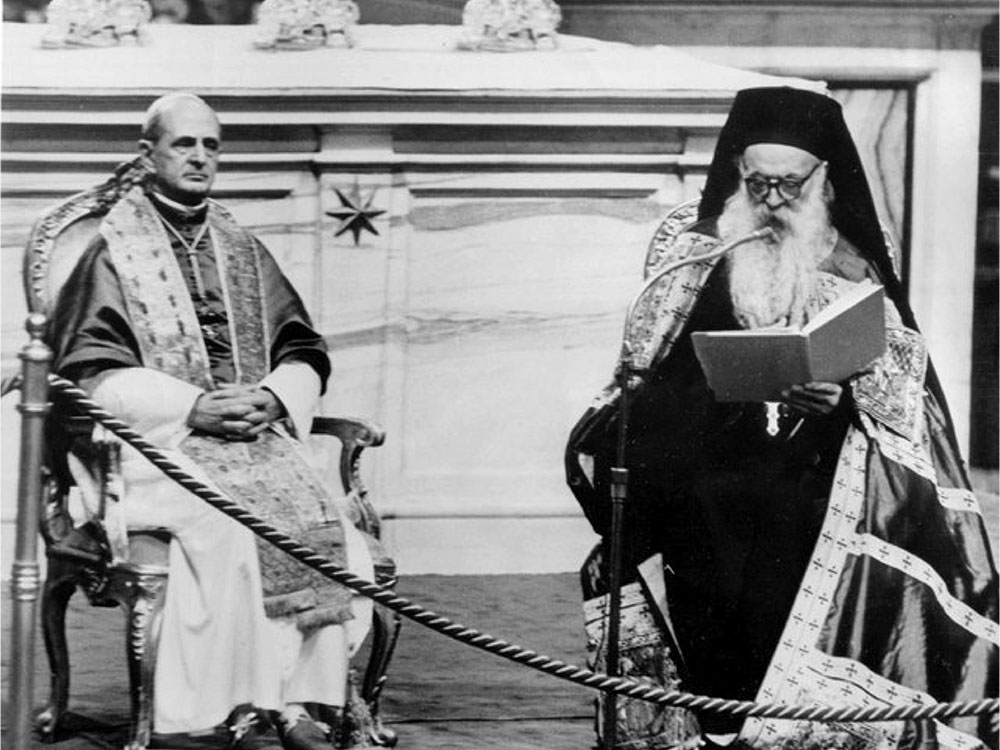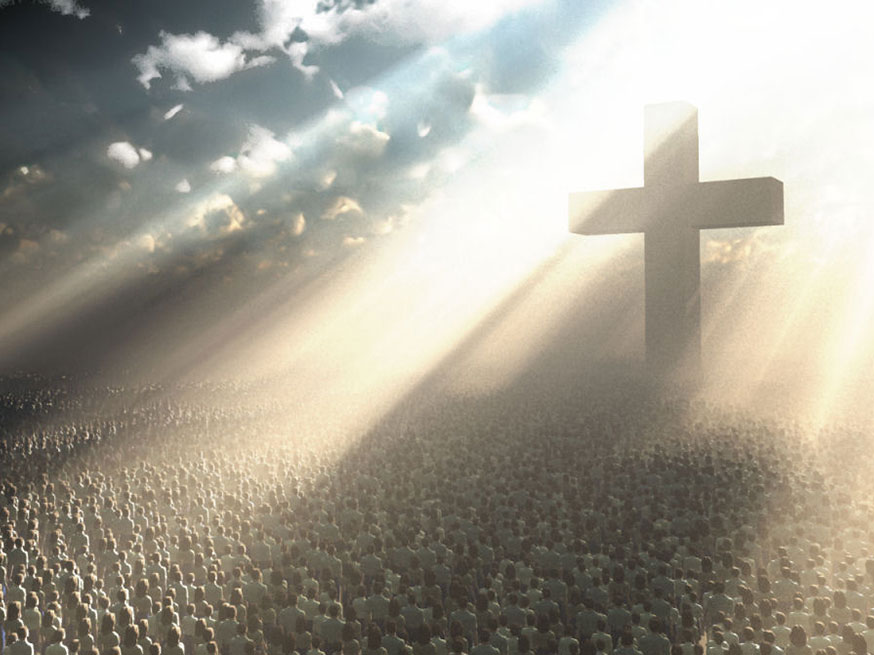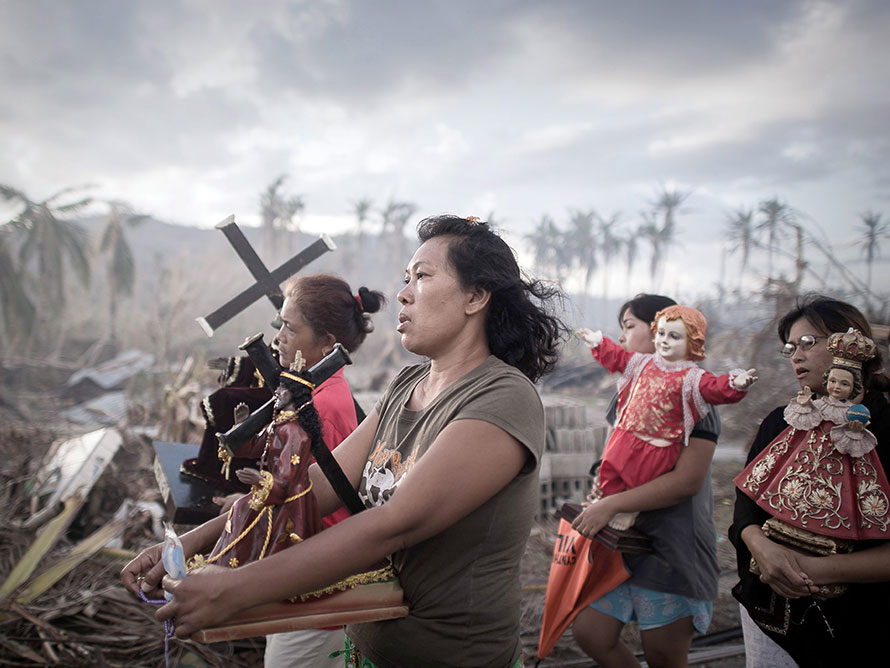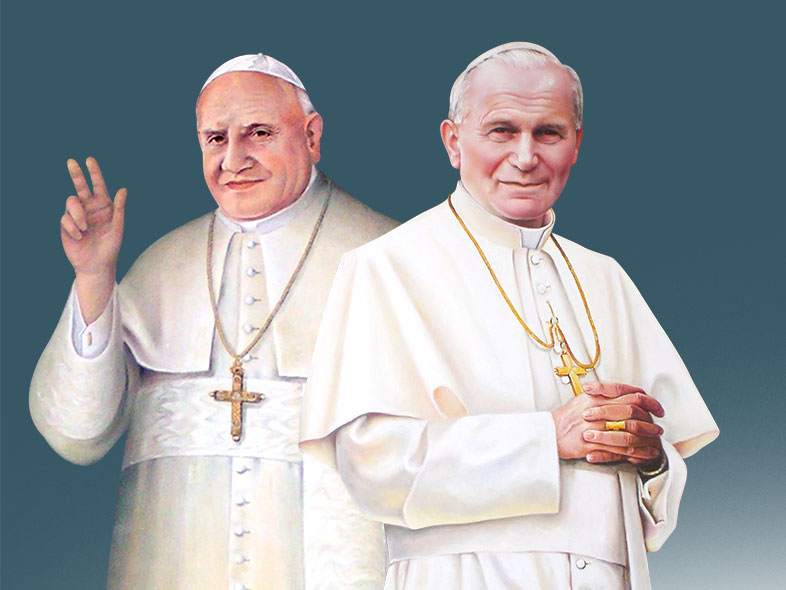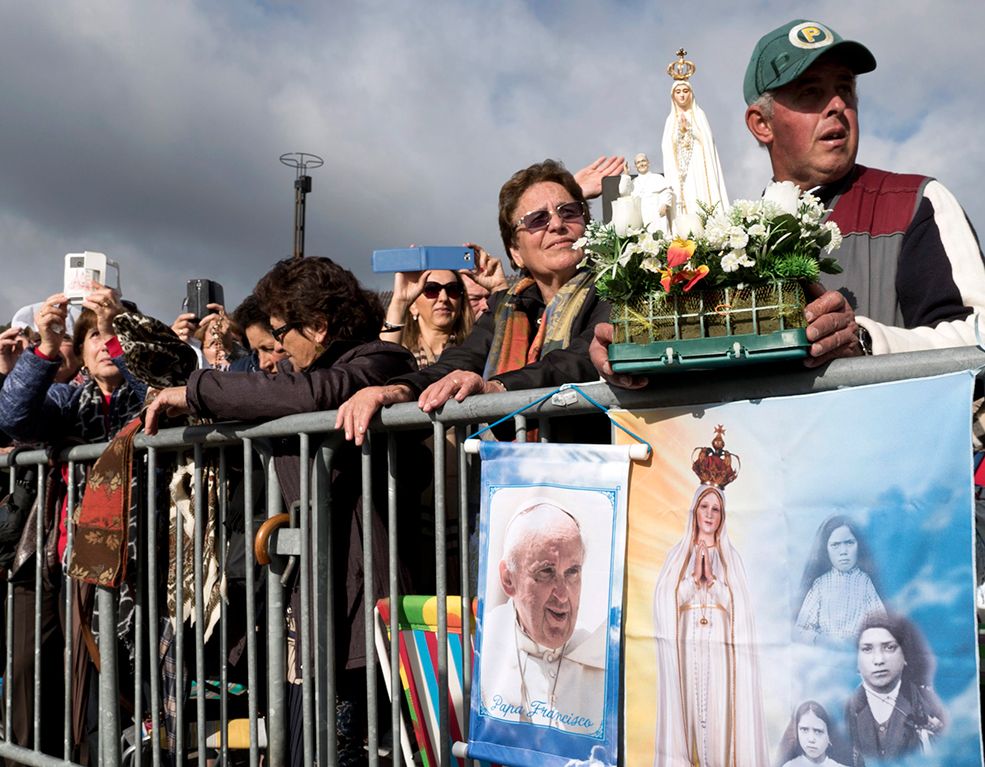Many scholars support the idea that the first sections of the Gospels to be written by the Evangelists were those pertaining to the Passion, Death and Resurrection of Jesus. While no one will ever be able to prove this claim, it makes sense that the first witnesses of the Resurrection would want to keep the memory of that event vivid. It is no coincidence that, even today, the Passion narrative is the most widely-known account among Christians. It is also evident that many traditions were developed from these narratives, a sign that people regarded the Passion and Death, and most importantly, the Resurrection of Jesus, as central to their faith.
At the same time, however, many misconceptions and misunderstandings about the Paschal Mystery emerged: the first, being that Jesus died. To be technical about it, Jesus did not simply die. He was killed! The realities and circumstances behind each one are different. First of all, Jesus did not simply stop breathing; He was sentenced to death! What are the reasons behind His sentence? Why was He killed? Answers to these questions point to the striking differences between simply dying versus being killed.
A THREAT TO POWER
Since we do not have the space to make an in-depth investigation using all the four Gospels, each of which has its unique theological vision, we shall look at the Gospel of John. John tells us that Jesus, on the night of the Last Supper, went to pray in a garden on the Mount of Olives. This is a hill just outside Jerusalem, just a few hundred meters from the walls of the Temple. After a while, a group of soldiers arrived to arrest Jesus. John said the entire Roman cohort was present in Jerusalem plus the guards of the Temple. The cohort had a total of 600 soldiers. The guards of the Temple were about 200. There was much enmity between these two military units, yet they came out in strength and cooperated to arrest Jesus. By narrating this, John wanted to tell us that the political power of Rome and the religious power of the Jews felt undermined by Jesus. They found a common enemy to fight, so they worked together.
Throughout the Gospel, John related Jesus’ words and deeds, which showed why He was perceived to be dangerous by the political power. He went against the authority of the Sabbath and called God His Father. The religious authorities, who based their power on the fear of a God-Judge, could not accept Jesus’ preaching that God is love. That preaching diminished their position in society. If God is love and doesn’t judge, then one does not need sacrifices any longer. That would have meant the end of the Temple as a religious institution.
THE RELIGIOUS DYNASTY
After His arrest, the guards took Jesus to Ananias. This was a breach of protocol since the High Priest was Caiaphas. By including this, John wanted to underscore a simple fact: the religious power in Israel had little to do with God but was the private game of Ananias. Ananias first became High Priest in 6 A.D. and remained in power for nine years. Deposed by the Romans, he, through his sons, remained the real power in charge of the highest religious office in Israel. Five of his sons were elected High Priests in succession. When he could not maneuver other sons into that position, he worked to have his nephew, Mattias, and his son-in-law, Caiaphas, a name which meant ‘the oppressor,’ appointed High Priests. Caiaphas himself remained in power for 18 years. All in all, Ananias controlled the political, financial and religious establishment for over 50 years.
As Jesus stood before him, Ananias tried to extract “new incriminating evidence” against the Messiah and His followers. But Jesus did not submit to his will. On the contrary, He answered with His head held high. He reminded Ananias that His teaching was never concealed, saying: ‘I preached every day in the Temple.’ He emphasized that He ‘did not speak in secret,’ using a sentence often used by God in the Old Testament (Is 45:19; 48:16).
This answer was too much for Ananias. The guard present at the interrogation slapped Jesus and asked if that was the way to talk to a person in authority. Once again, Jesus did not lose patience. Looking at the guard, He asked him: “If I said something wrong, tell me. Otherwise, why do you slap me?” Jesus knew that the guard was under the power of Ananias, and encouraged the minion to think on his own. He wanted the guard to realize that violence was unnecessary.
Ananias then gave orders to bind Jesus even tighter and sent Him to Caiaphas. To Ananias’ mind, this man was really dangerous. This Rabbi spoke with a freedom unheard of and was capable of changing the minds of the guards, who submitted to authority only because they were not allowed to think for themselves. But if the guards started having an opinion of their own, the leadership would surely crumble. There was no doubt, Jesus had to die.
THE TIPPING POINT
Following Lazarus’ resurrection, Caiaphas realized it was time to stop Jesus because of the danger the Galilean posed to religious authority. This was despite the fact that many people believed in Jesus (Jn 11:45). Caiaphas called an emergency meeting of the Sanhedrin. The members were aware of the impact Jesus’ preaching and miracles had on the Jews. Many were incensed at Jesus, too, because at one point, He called the religious leaders liars and assassins (Jn 8:44), underlining how they adored money more than God (Jn 2:16; 8:20; 8:44). He had called them ‘sons of the devil’ (Jn 8:44), incapable of observing Moses’ Law, and imposing only their own version of the Law (Jn 7:18). For these religious leaders, someone who could say such things about them should not remain alive. They had no choice. Caiaphas said: “It is better for one man to die than the whole nation to perish.” These words were a death sentence without appeal. Killing Jesus was not a question of justice, but a simple matter of preserving personal interest. It would be convenient for the High Priest that Jesus died.
THE POWER OF LOVE, TRUTH AND LIGHT
Reading John’s Passion narrative, we know that Jesus was killed because of His mission to change the old establishment. Jesus died because His Word would destroy everything that the powerful people who controlled Jerusalem stood for. Ananias was an extremely rich person. He managed most businesses in Jerusalem, especially the lucrative meat market. All those wanting to offer a sacrifice in Jerusalem had to buy an animal to slaughter from the market. The profits were, therefore, enormous and guaranteed. In addition, Ananias and all the Sadducees who were in the Sanhedrin owned extensive lands. They could have a prosperous life in Jerusalem while their workers managed their large properties.
Aside from this, the preaching of a God of love, who wishes all to be equal and capable of a good life, sharing resources for the good of all, was not acceptable to these leaders. Despite knowing this, Jesus continued with His ministry and remained faithful to the plan of the Father. And that ultimately cost Him His life.
Jesus died because He was a witness to the Truth and the Light. The theme of “light” was very important for John. From the prologue, to the actual Gospel, to the very end, the recurring battle between darkness and light could be read. Jesus is the Light, works in the light, and brings light. The Light came into the world, yet His own people did not receive Him (Jn 1:11). Using all its power, darkness tried to extinguish the Light, even killing the Light. At some point, darkness succeeded. Jesus indeed died on the Cross. All seemed lost. Yet, “as Moses lifted up the serpent in the desert, so must the Son of Man be lifted up, so that whoever believes in Him may have eternal life.” (Jn 3:14-15). On the cross, Jesus became the ultimate witness to Renewal, Love, Truth, and the Light that continues to fight darkness, a Light that darkness can never overcome.

